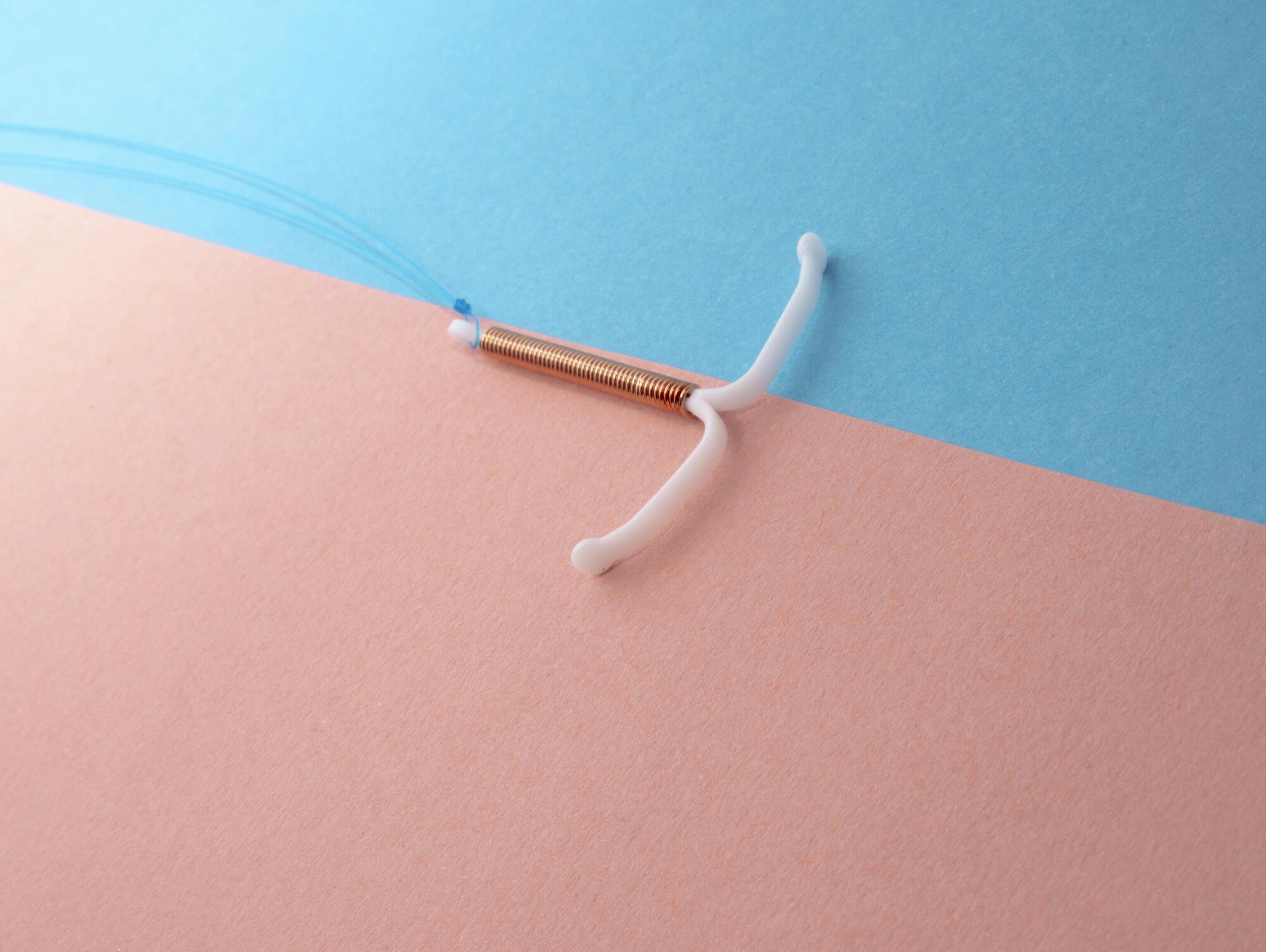
Are you feeling a mix of excitement and apprehension about your first period after IUD removal?
You’re certainly not alone. Many women share this experience, and it can leave you wondering what changes to expect in your body.
What should you know about removing your IUD? In this article, we will walk you through the various aspects of your period following an IUD and help you understand what to anticipate.
IUD Removal Recovery and Understanding Your Cycle
The hormonal balance in your body is significantly influenced by the presence of an Intrauterine Device (IUD). Once removed, your body begins to re-establish its natural menstrual cycle. This period may come sooner than expected, or it might take a few weeks-ranging from 3 to 6. Timing varies widely.
Your first period can also differ in terms of flow and IUD removal symptoms. Some women experience:
- Lighter flow: Your body may shed less endometrial lining initially.
- Heavier flow: You might see a sudden increase in bleeding as your body readjusts.
- More cramps: It’s normal to feel cramps mildly or even intensely as your uterus contracts.
- Changes in PMS symptoms: Symptoms like mood swings or breast tenderness can vary.
Tracking your cycle after IUD removal helps you understand your personal rhythm. Use a calendar or an app to monitor changes.
Hormonal Adjustments Post-IUD
For some women, the removal of hormonal IUDs can lead to hormonal fluctuations. These might cause symptoms like:
- Acne: A common reaction as your body shifts back to its natural hormonal state.
- Headaches: Fluctuating hormone levels may contribute to headaches.
- Changes in libido: Some women notice a heightened or diminished sex drive.
As unsettling as these symptoms may be, they typically normalize within a few cycles. If they persist or severely impact your quality of life, consult a healthcare professional in gynecology.
Preparing for Changes
Managing your first period can be a little different from your previous experiences with an IUD. You might want to have an assortment of menstrual products on hand, whether it’s pads, tampons, or menstrual cups. Here are some tips to help you cope:
- Stay organized: Keep a menstrual diary to track the changes.
- Be proactive: Have pain relief medications available if cramps arise.
- Stay hydrated: Drink plenty of fluids to ease bloating.
When to Seek Medical Help
While changes are usually normal, certain symptoms warrant a visit to the doctor:
- Excessive post-IUD bleeding: Soaking through pads or tampons every hour.
- Severe pain: Pain that is unbearable or doesn’t improve.
- Menstrual cycle changes: If your period suddenly becomes very irregular.
These concerns align closely with the fields of obstetrics and primary care, ensuring your health remains a top priority.
First Period After IUD Removal: Now You Know What to Expect
Understanding what happens during your first period after IUD removal allows you to prepare and embrace the changes. Remember, everyone’s body is different, and giving yourself grace during this transition is important.
At Women’s Health Associates, we specialize in providing compassionate care tailored for you. With years of experience in gynecology and obstetrics, we’re here to guide you through every step of your health journey, ensuring you feel informed and empowered.
Schedule your appointment today and let us help you navigate the world of women’s health.

